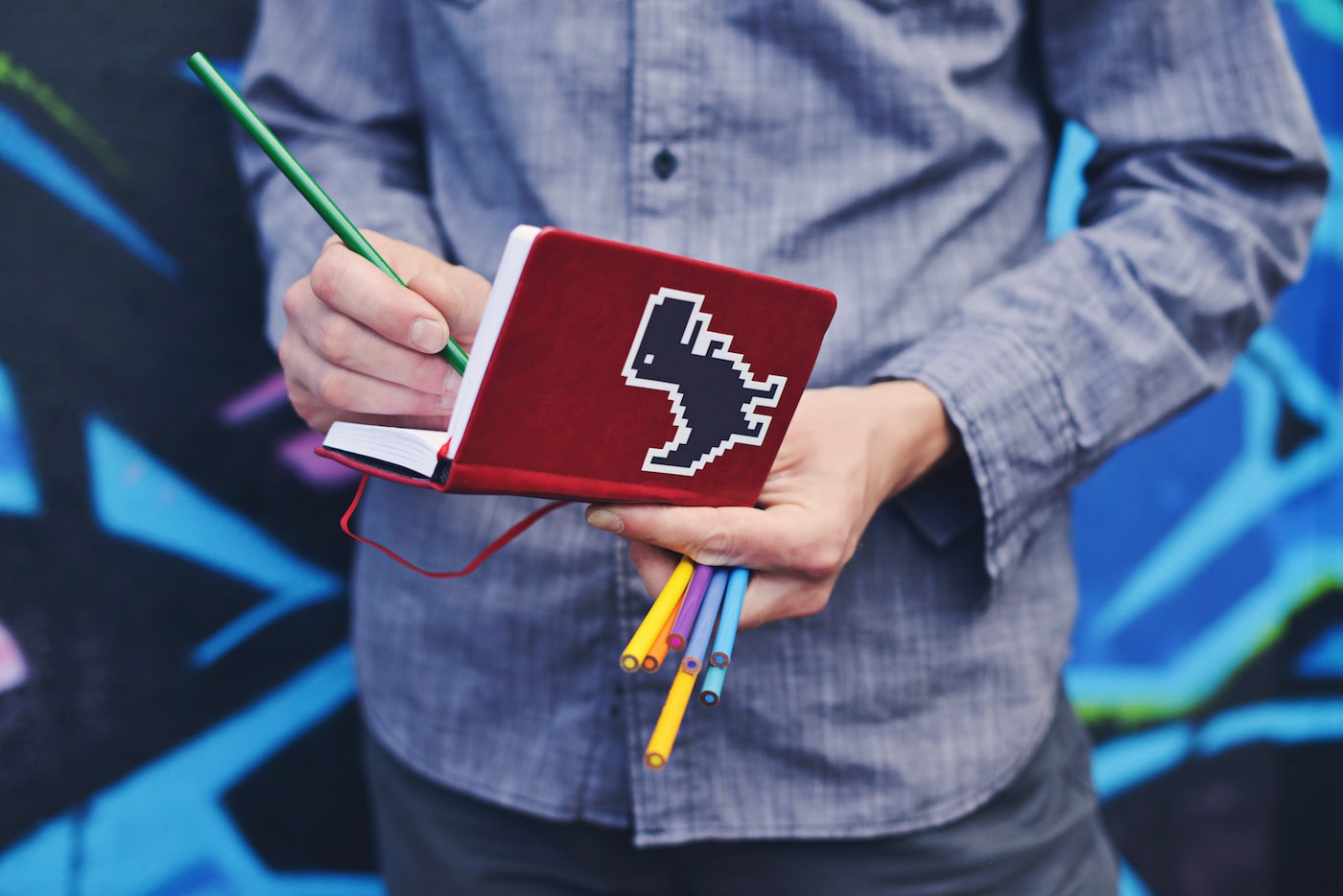Last Updated on February 25, 2024
When talking about creativity, it has become common to associate it with art, creative writing, and music. Although this idea is partly correct, limiting it to only these three areas is certainly erroneous.
Think of it this way, creativity encompasses music, art, and creative writing. It’s so much more than that. Creativity can be associated with anything in any field, even with those that we normally don’t consider to be fields that require creativity, such as math.
As human beings we’re all creative creatures in a sense.
Definition of creativity
According to Wikipedia, creativity is defined as an occurrence of creating something valuable and new (such as a joke, an invention, an idea, a painting, or a literary work).
Moreover, this idea involves several disciplines including education, psychology, cognitive science, philosophy, sociology, technology, economics, linguistics, and theology. Similarly, a dictionary would define creativity as the use of original ideas and imagination especially in making artistic works. So in all, the idea of being creative is associated with recognizing or creating ideas that result in making something new and valuable.
Characteristics of Creativity

To help us deepen our understanding of what ‘creativity’ really is, below are a few characteristics that people see as important to creativity (by J.P. Guilford).
A) Originality
Creative individuals thrive on being original. It would never be considered being creative when an idea or concept is similar to the ideas of others. However, there’s a catch. Creativity can be still be achieved even with the use of the ideas of others but making sure that the created idea is not, in any way, similar to the concept upon which it was based.
B) Flexibility and Fluency of Thinking
These two characteristics pertain to the cognitive aspects of creativity. It means that a person with creativity is fluent and flexible with ideas and concepts. The term ‘fluent’ means that a person is able to produce several ideas and never runs out of them. And ‘flexible’ means the quick and easy modification of ideas to better enhance them and it also relates to the ability to go beyond traditional ways of thinking.
C) Elaboration
Making or creating an idea is, for the most part, the easy process. The realization or actualization of the concept is where it becomes complicated. So individuals who are truly creative know how to elaborate their ideas to make them a reality.
D) Problem Sensitivity
Generally, this feature talks about how an individual acts when there is a problem. A non-creative person would solve it by the means which he/she knows. However, a creative individual analyzes and creates the best solution even by using means beyond his knowledge or beyond the traditional ways of solving it.
E) Redefinition
This characteristic refers to the ability to visualize old things into something new. Take, for example, a person who wants to sew but doesn’t have a needle.
He/she only has a pencil, fish, and a nail. Common sense would kick in and many people would stop sewing until they get hold of a needle. But for creative people, they can see that problems have solutions. For this example, one can use the bones from the fish as a replacement for the needle.
F) Tolerance to Ambiguity
This characteristic pretty much means the ability to accept any uncertainty without feeling any tension or stress. Normally, a person would avoid uncertainty. In contrast, creative individuals can tolerate these doubts until they find a solution to eliminate them.
G) Risk-Taker (Not from Guilford)
One of the most important characteristic of a creative person is being able to handle risks. The fact is, several new technologies, inventions, creations, and ideas were created while taking risks. Additionally, a creative person can also achieve flexibility and originality with this characteristic.
On the other hand, risks can end up in failure. However, failure is not always a bad thing because it can lead to the creation of better ideas. So it’s always good to take risks, but make sure that a limit is set to how much risk should be taken.
H) Curiosity (Not from Guilford)
Another characteristic of a creative person is curiosity. It refers to the desire to learn or know something. This characteristic allows an individual to acquire inspiration and knowledge to generate new and creative ideas. This also allows individuals to discover things that no one ever knew existed.
Creativity is for Everyone
It’s often thought that creativity is only for smart people and individuals with gifted minds. But in reality, that’s not the case. Although smarter and superior minded people can be creative for most of their lives, normal or average individuals have their creative moments too.
Creativity is an occurrence or phenomenon. It is not something that’s within a person all the time. So, anyone can be creative by having the right mindset or state of mind.

